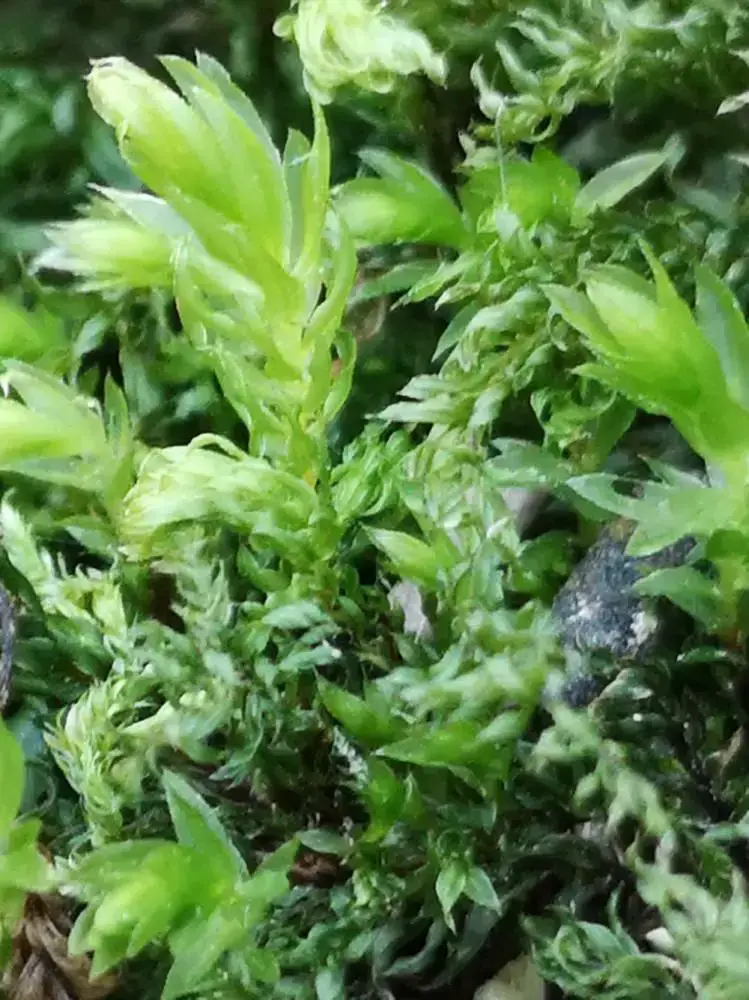
25364338.jpg from: https://observations.be/photos/25364338/
Introduction
In the vast and captivating world of bryophytes, the Plagiothecium nemorale (Mitt.) A.Jaeger moss stands out as a fascinating member of the Plagiotheciaceae
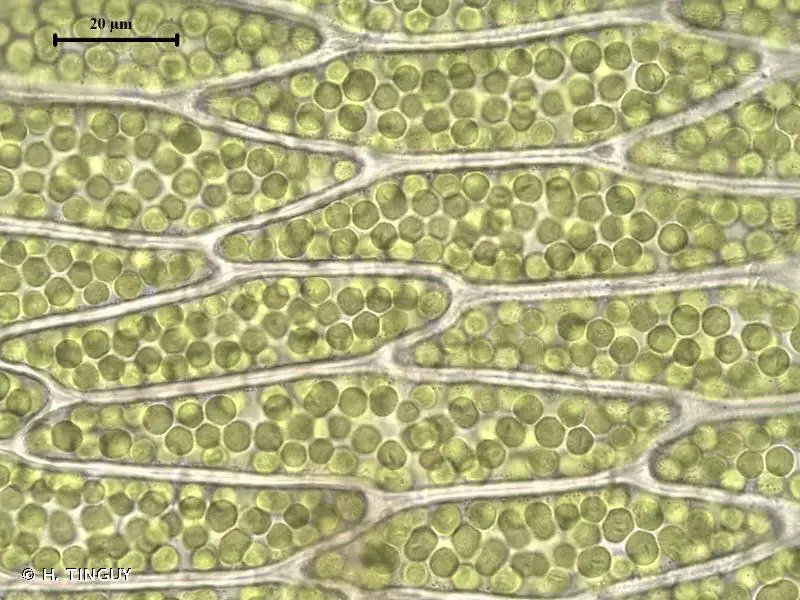
248821.jpg from: https://inpn.mnhn.fr/espece/cd_nom/5969
family. Often referred to simply as Plagiothecium, this unassuming yet remarkable moss has captured the interest of enthusiasts and researchers alike.
Background
Before delving into the intricacies of this moss, it’s essential to understand its place within the broader context of bryophytes. Bryophytes, also known as Bryophyta or Bryopsida, are a diverse group of non-vascular plants that include mosses, liverworts, and hornworts. These ancient organisms have played a crucial role in the evolution of plant life on Earth, serving as pioneers in terrestrial ecosystems and paving the way for more complex plant forms.
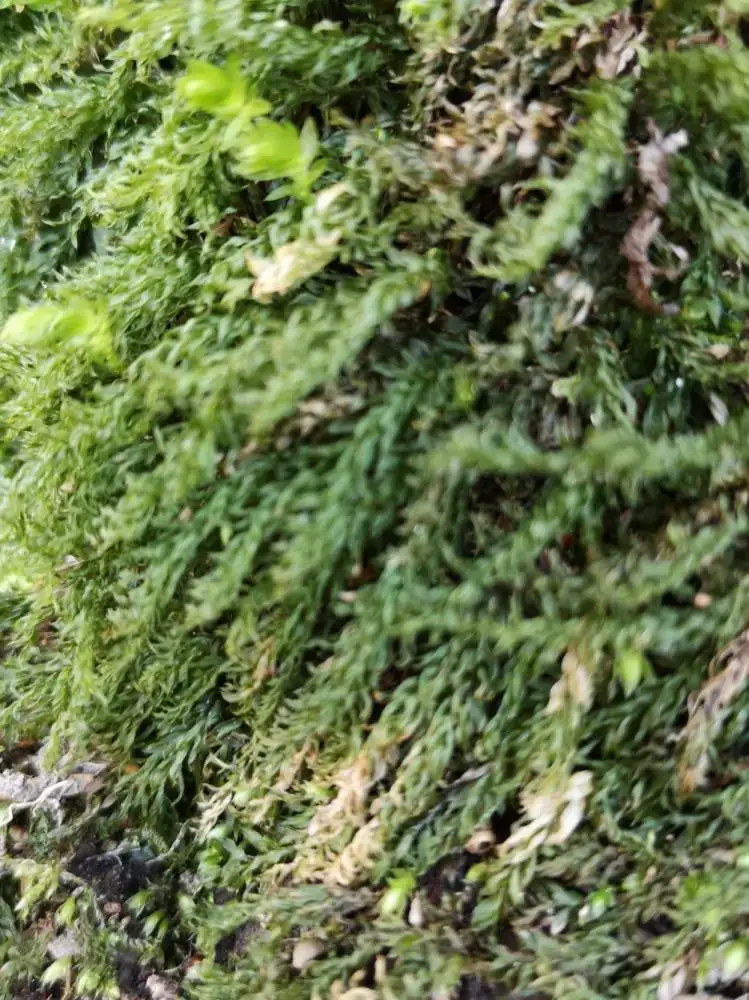
25364336.jpg from: https://observations.be/photos/25364336/
Main Content
Morphology and Identification
Plagiothecium nemorale is a pleurocarpous moss, meaning its stems grow horizontally along the substrate. Its slender, creeping stems are adorned with delicate, ovate-lanceolate leaves that are typically 1-2 mm long. These leaves are characterized by their distinctive single costa (midrib) that extends partway up the leaf.
One of the key identifying features of P. nemorale is its curved capsules, which are borne on a reddish-brown seta (stalk). These capsules are cylindrical
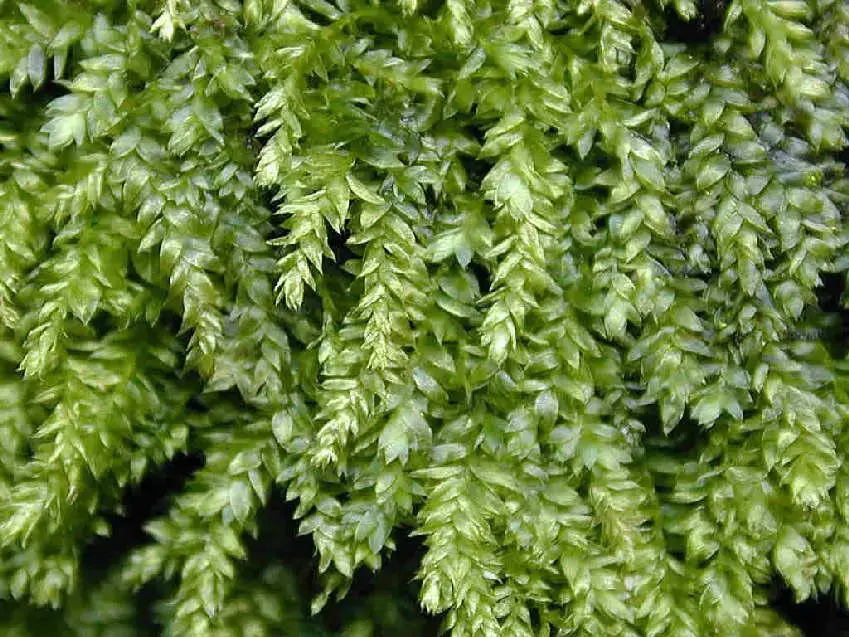
Plagiothecium_nemorale_1.JPG from: https://cisfbr.org.uk/Bryo/Cornish_Bryophytes_Plagiothecium_nemorale.html
in shape and often inclined or horizontal, giving the moss a unique and easily recognizable appearance.
Global Distribution and Habitat
Plagiothecium nemorale is widely distributed across various regions of the world, including Europe, Asia, North America, and parts of South America. It thrives in a variety of habitats, such as moist, shaded forests, rocky outcrops, and decaying logs. This moss prefers cool, humid environments and is often found growing in dense mats or cushions on the forest floor or on the bark of trees.
Ecological Roles and Adaptations
Like many bryophytes, P. nemorale
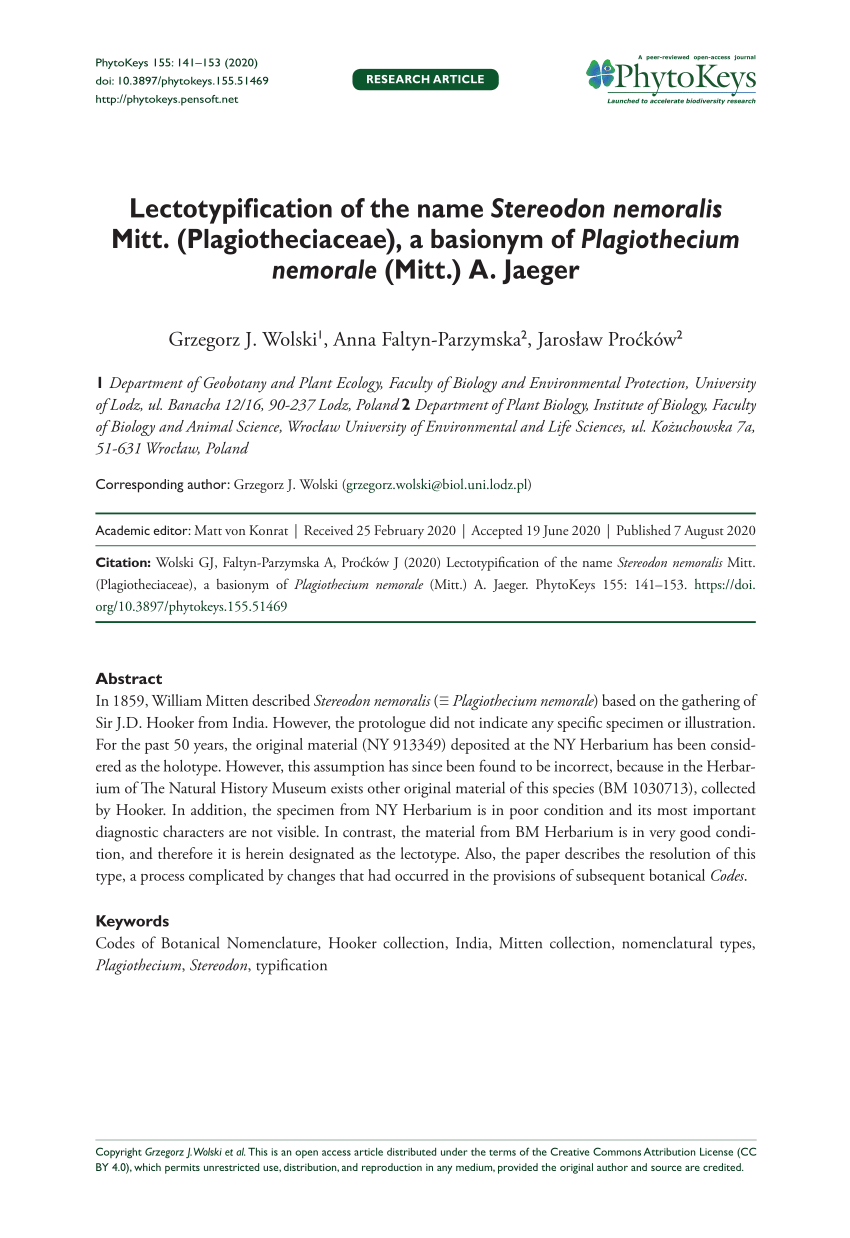
largepreview.png from: https://www.researchgate.net/publication/344340441_Lectotypification_of_the_name_Stereodon_nemoralis_Mitt_Plagiotheciaceae_a_basionym_of_Plagiothecium_nemorale_Mitt_A_Jaeger
plays a vital role in its ecosystem. It contributes to soil formation and moisture retention, creating a suitable environment for other plants and organisms to thrive. Additionally, this moss serves as a microhabitat for various invertebrates, providing shelter and food sources.
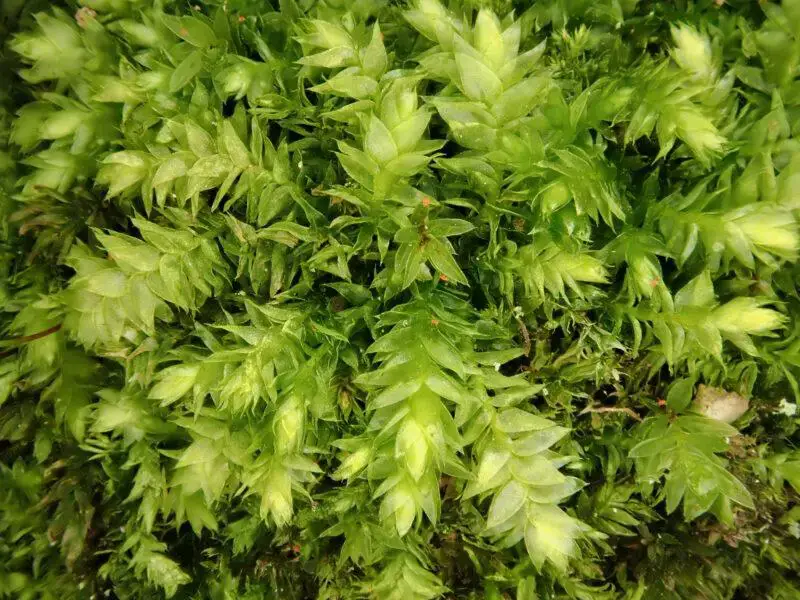
2021-03-22-14-26-45-800×600.jpg from: https://www.britishbryologicalsociety.org.uk/learning/species-finder/plagiothecium-nemorale/
One of the remarkable adaptations of P. nemorale is its ability to
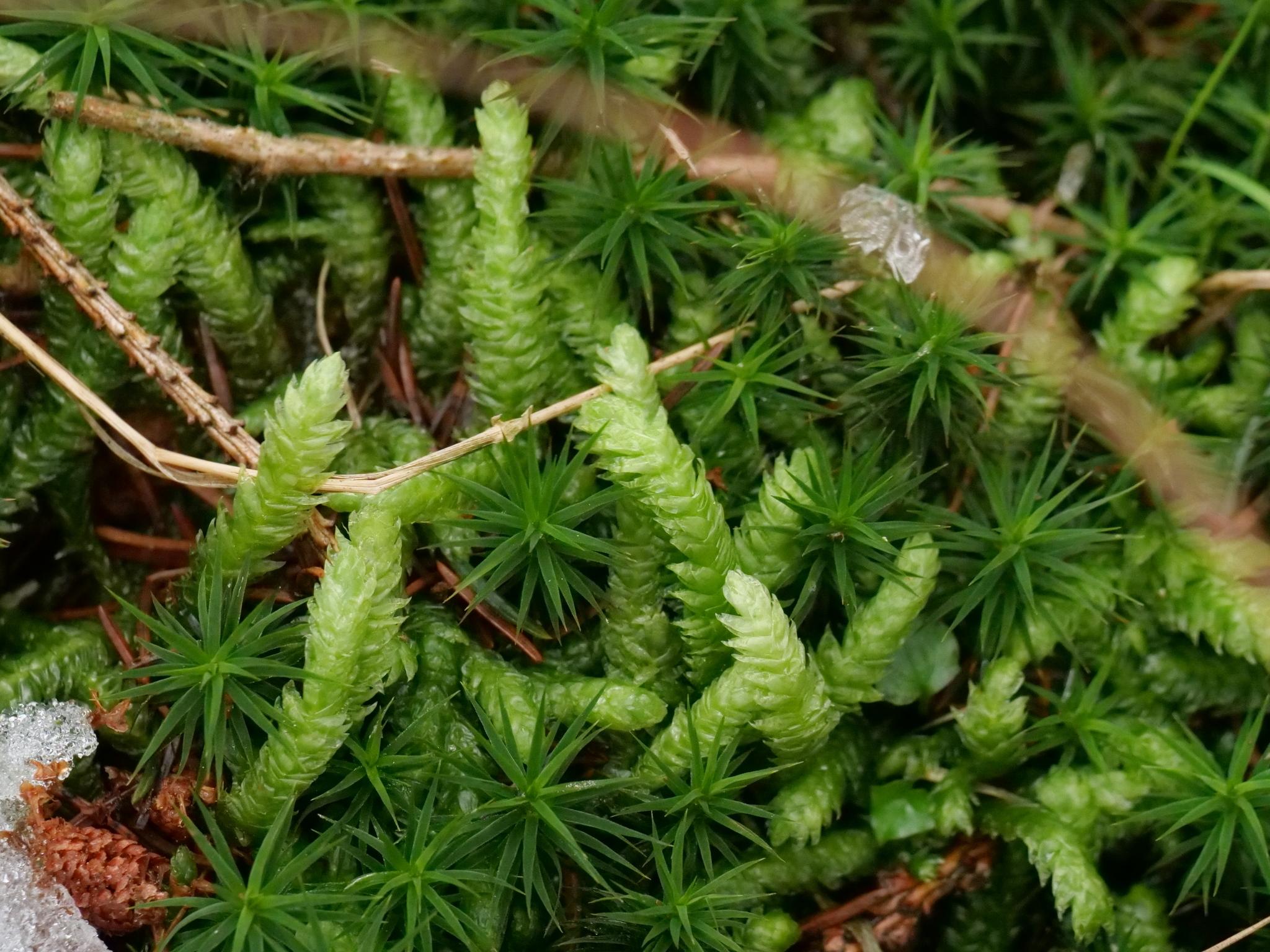
original.jpeg from: https://www.gbif.org/es/species/5283457
desiccate and revive when moisture becomes available. This trait, known as poikilohydry, allows the moss to survive periods of drought and rapidly resume its metabolic activities when conditions improve.
Case Studies/Examples
In a study conducted in the Pacific Northwest region of North America, researchers found that P. nemorale was a significant component of the bryophyte community in old-growth forests. Its presence was closely linked to the availability of decaying logs and the presence of specific tree species, such as western hemlock and western redcedar.
Technical Table
| Characteristic | Description |
|---|---|
| Family | Plagiotheciaceae |
| Genus | Plagiothecium |
| Species | nemorale |
| Growth Form | Pleurocarpous moss |
| Leaf Shape | Ovate-lanceolate |
| Leaf Size | 1-2 mm long |
| Costa | Single, extending partway up the leaf |
| Capsule Shape | Cylindrical, curved |
| Capsule Orientation | Inclined or horizontal |
| Habitat | Moist, shaded forests, rocky outcrops, decaying logs |
| Distribution | Europe, Asia, North America, parts of South America |
Conclusion
The Plagiothecium nemorale (Mitt.) A.Jaeger moss, a member of the Plagiotheciaceae family, is a remarkable bryophyte that has captured the hearts of moss enthusiasts worldwide. Its unique morphological features, ecological roles, and adaptations make it a fascinating subject of study. As we continue to explore and appreciate the diversity of bryophytes, the P. nemorale moss serves as a reminder of the intricate beauty and resilience found in these ancient and often overlooked organisms.
Ponder this: In a world where moss is often overlooked, how can we foster a deeper appreciation for these unsung heroes of the plant kingdom and their vital contributions to our ecosystems?